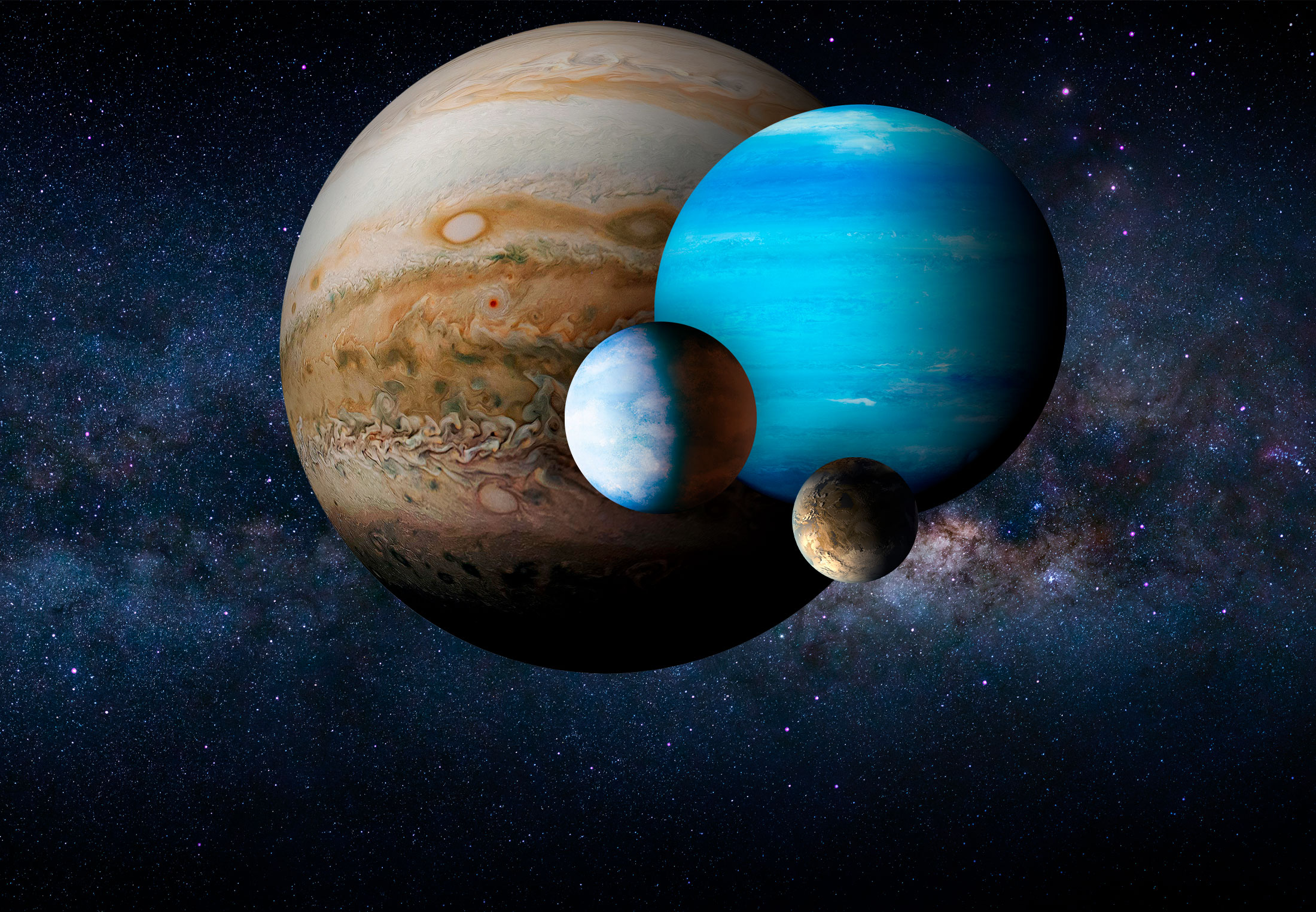
In the vast expanse of the cosmos, countless stars twinkle in the night sky, many of which are likely accompanied by their own planetary systems. Among these celestial bodies are exoplanets—planets that orbit stars beyond our solar system. The study of exoplanets has revolutionized our understanding of the universe, opening up new avenues for exploration and the search for extraterrestrial life. This article delves into what exoplanets are, how they are detected, their diversity, and their significance in the quest for knowledge beyond our Earth.
What is an Exoplanet exactly?
An exoplanet, or extrasolar planet, is any planet that exists outside our solar system. While our solar system contains eight recognized planets, exoplanets can be found orbiting a wide variety of stars across the galaxy. They come in many forms, from gas giants like Jupiter to rocky planets resembling Earth, and even icy bodies like Neptune. The sheer diversity of these worlds raises fascinating questions about planetary formation, evolution, and the potential for life elsewhere in the universe.
Methods of Detection
Detecting exoplanets presents significant challenges, as they are often faint and overshadowed by the brightness of their host stars. Astronomers employ several methods to discover these distant worlds:
- Transit Method: This widely used technique involves observing the dimming of a star’s light when a planet passes in front of it, blocking a fraction of the star’s brightness. This dip in light can be measured, allowing astronomers to infer the planet’s size and orbital period.
- Radial Velocity Method: Also known as the Doppler method, this approach measures the wobble of a star caused by the gravitational pull of an orbiting planet. As the star moves, its light spectrum shifts due to the Doppler effect, indicating the presence of a planet.
- Direct Imaging: In this method, astronomers use specialized instruments to block out a star’s light, allowing them to capture images of the planets orbiting it. This technique is challenging but has successfully provided images of some exoplanets.
- Gravitational Microlensing: This method relies on the bending of light from a distant star when it passes near a planet’s gravitational field. This effect can reveal the presence of planets that would otherwise go unnoticed.
The Diversity of Exoplanets
Exoplanets exhibit a remarkable range of characteristics, leading to their classification into various categories:
- Gas Giants: These planets, like Jupiter and Saturn, are composed mainly of hydrogen and helium. They often have thick atmospheres and may host extensive systems of moons and rings.
- Rocky Planets: Similar to Earth, these planets have solid surfaces and are composed of rock and metal. Examples include planets like Kepler-186f, which is often referred to as an Earth-like exoplanet due to its size and location in the habitable zone.
- Icy Bodies: These planets, often found farther from their stars, are composed of water ice and other volatiles. They can provide insights into the conditions of the outer solar system.
- Super-Earths: These are larger than Earth but smaller than gas giants. They may have rocky surfaces and could potentially host life.
Habitability and the Search for Life
One of the most exciting aspects of exoplanet research is the potential for discovering habitable worlds. Scientists often focus on planets located in the habitable zone, the region around a star where conditions might allow for liquid water—essential for life as we know it. Exoplanets such as Proxima Centauri b and those in the TRAPPIST-1 system are prime candidates for the search for extraterrestrial life, as they are located within their stars’ habitable zones.
The Significance of Exoplanet Research
The study of exoplanets has profound implications for our understanding of the universe. It challenges our perceptions of planetary systems and raises critical questions about the uniqueness of Earth. As astronomers continue to discover and study exoplanets, they gain insights into:
- Planetary Formation: Understanding how different types of planets form and evolve in varying conditions helps us learn about our solar system’s history.
- Astrobiology: The search for life beyond Earth drives research in astrobiology, exploring what conditions might support life and how it could arise on other planets.
- Cosmology: Exoplanet research contributes to our understanding of the structure and evolution of the universe, providing context for our own planet’s place within it.
Conclusion
Exoplanets represent one of the most exciting frontiers in modern astronomy. As scientists develop new technologies and methods to explore these distant worlds, the possibilities for discovery are limitless. The study of exoplanets not only expands our knowledge of the universe but also ignites our imagination about the potential for life beyond Earth. With each new discovery, we are reminded of the vastness of the cosmos and the mysteries that await us in the great beyond.
